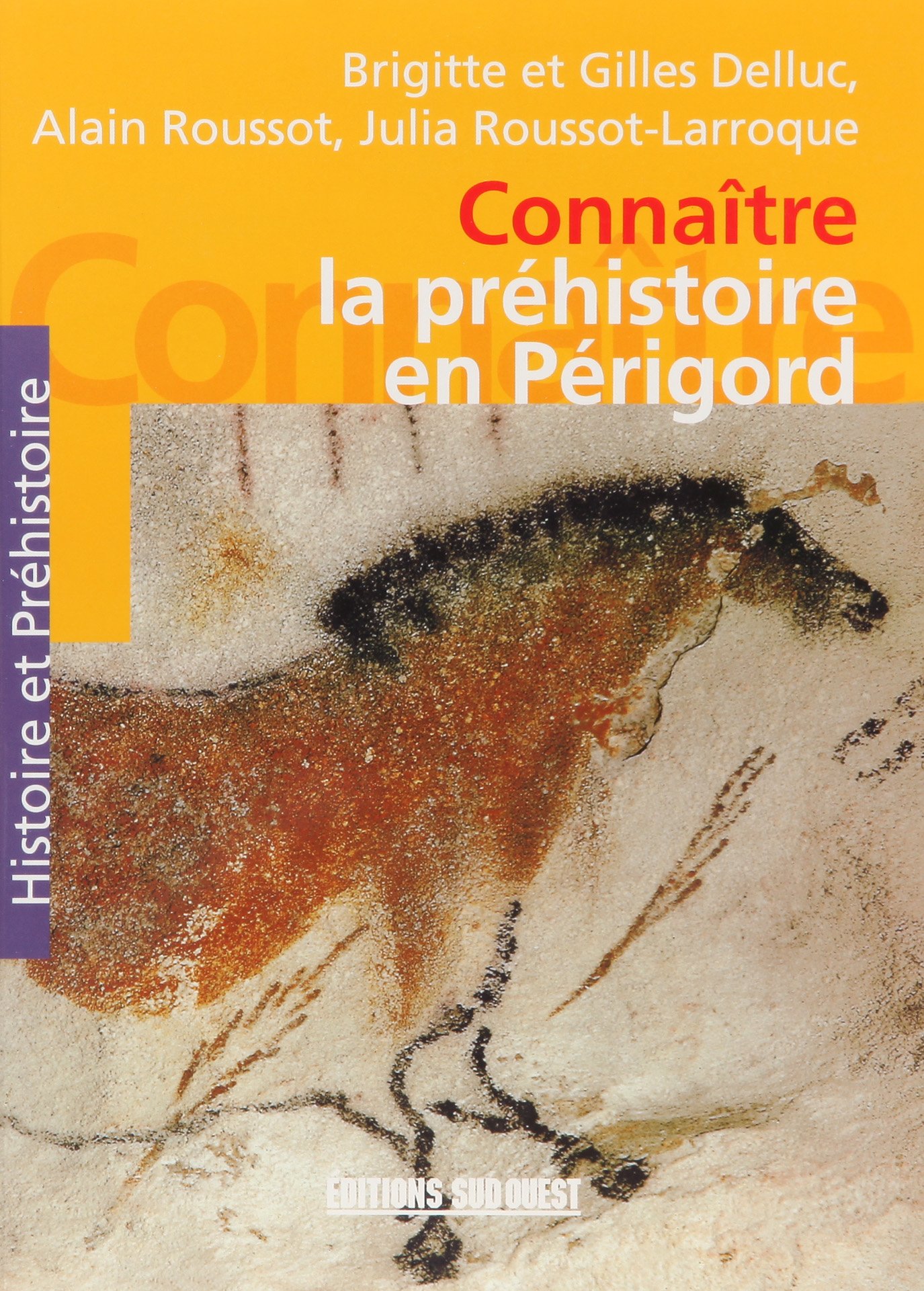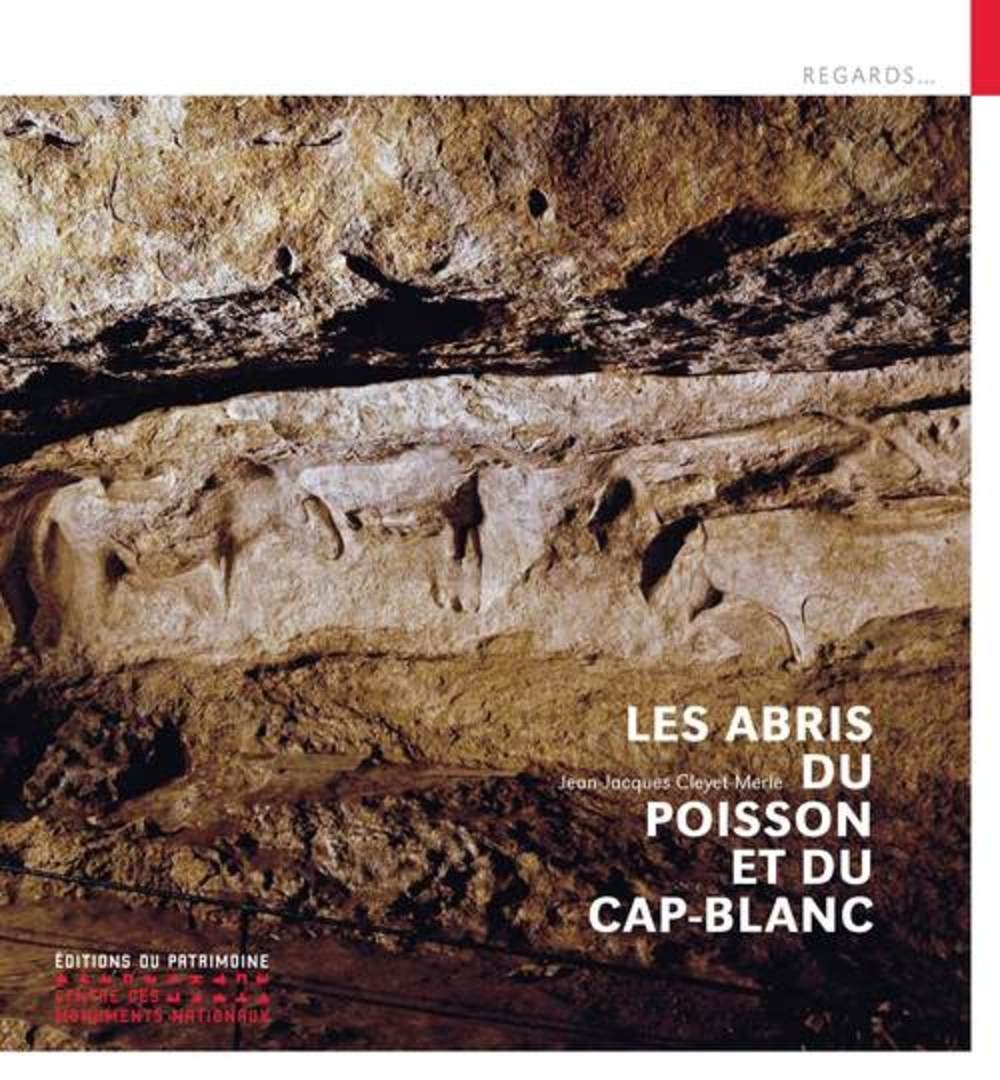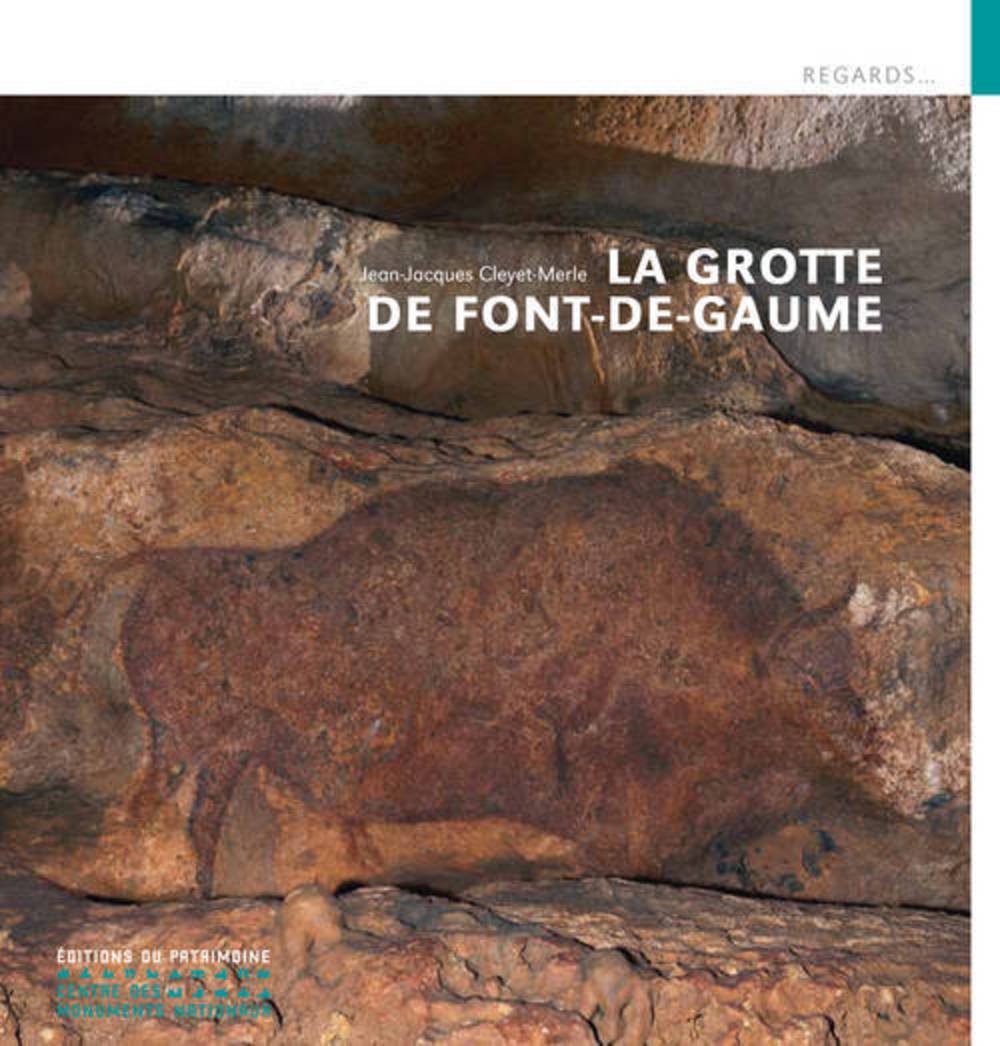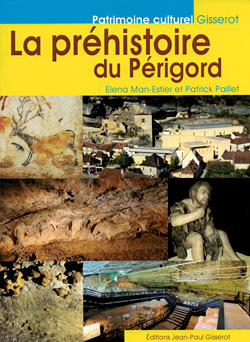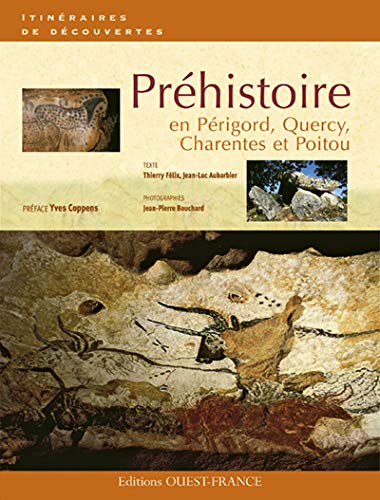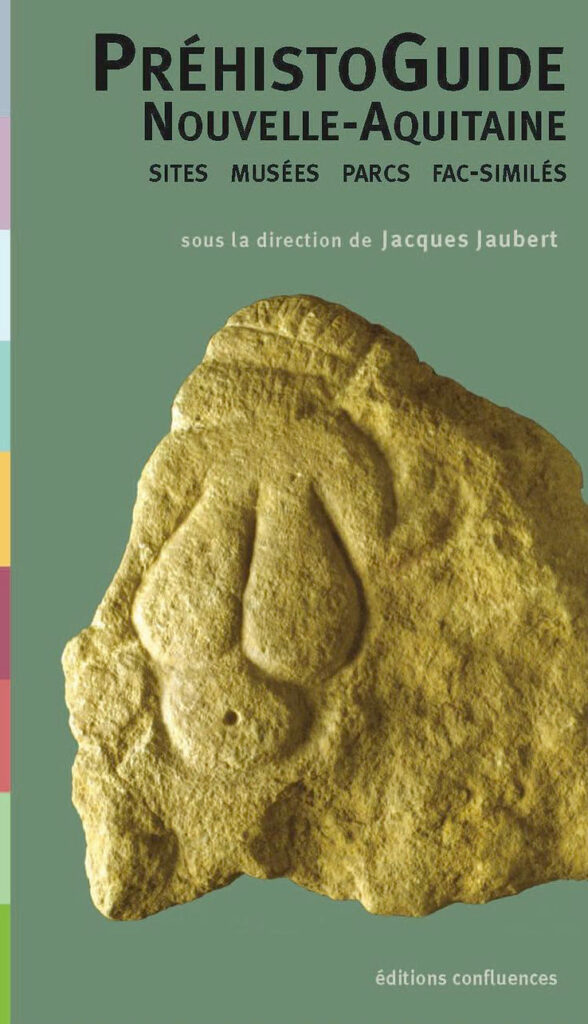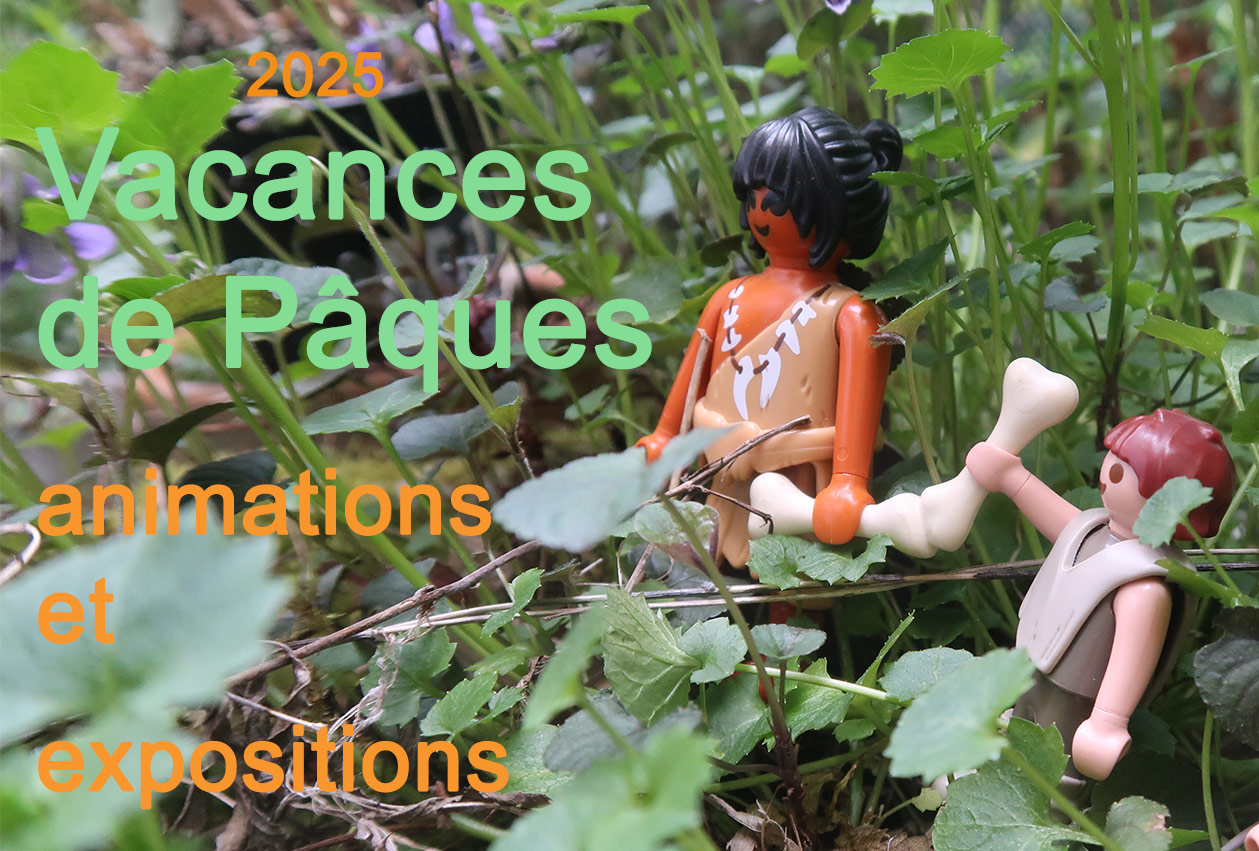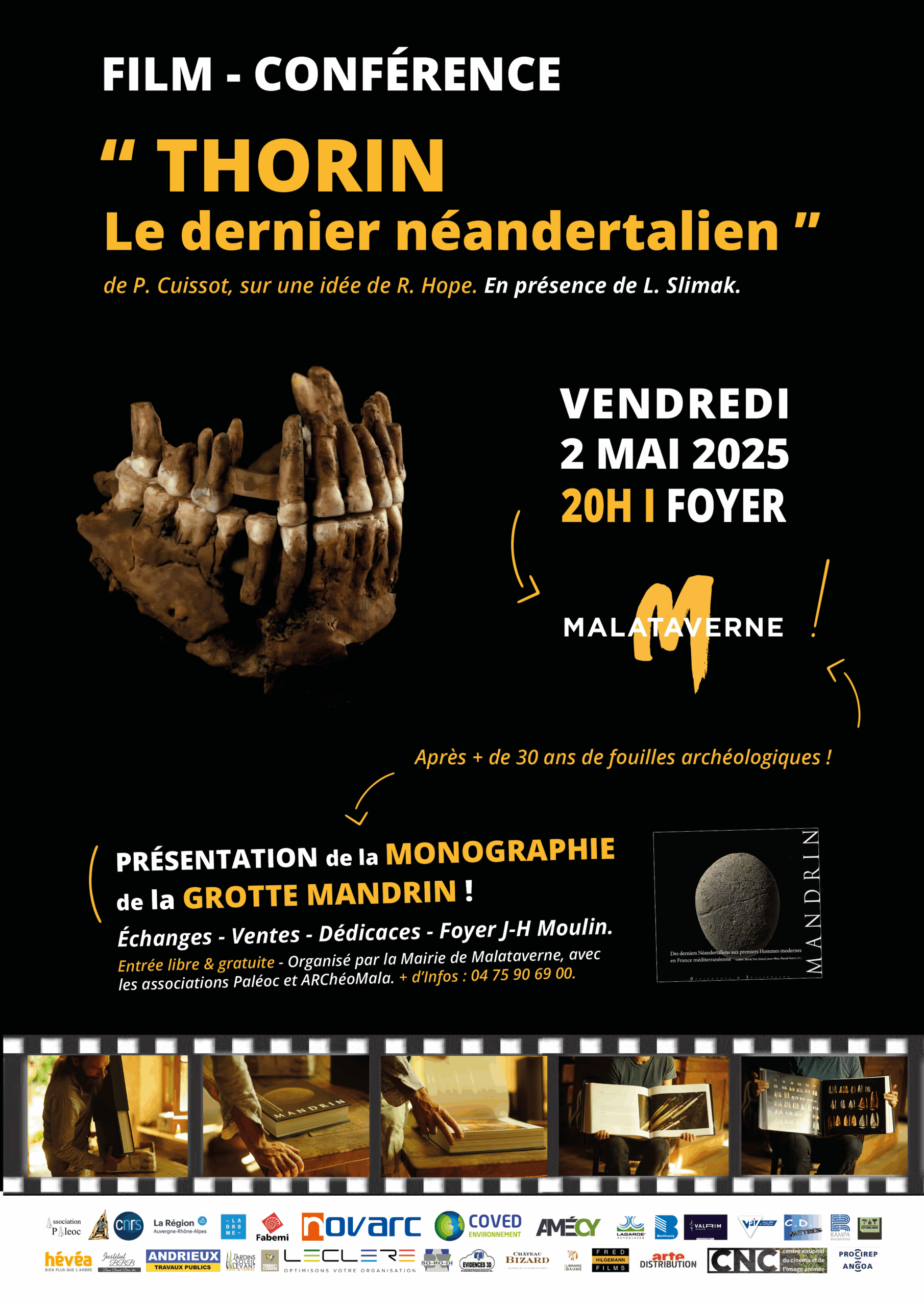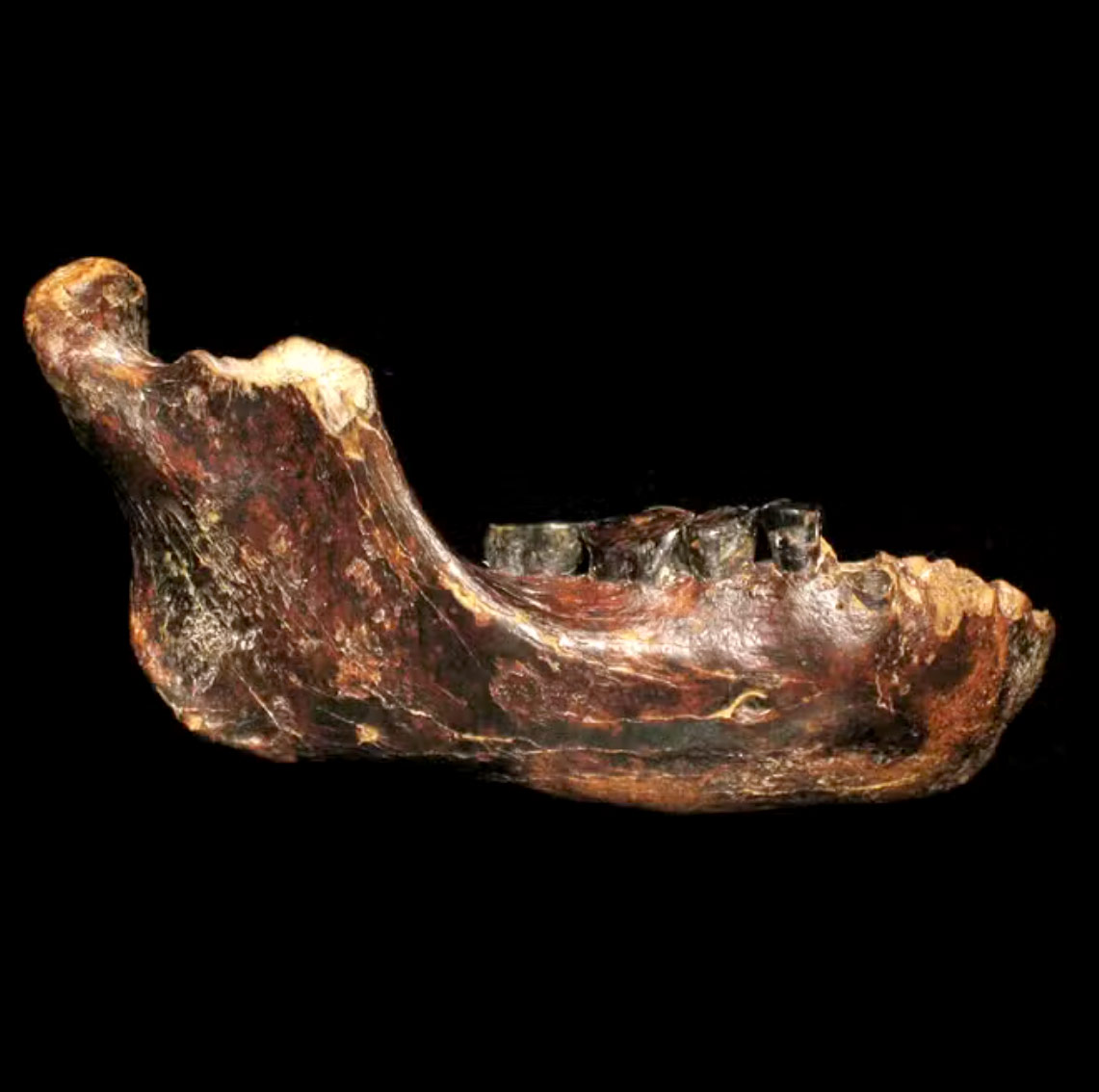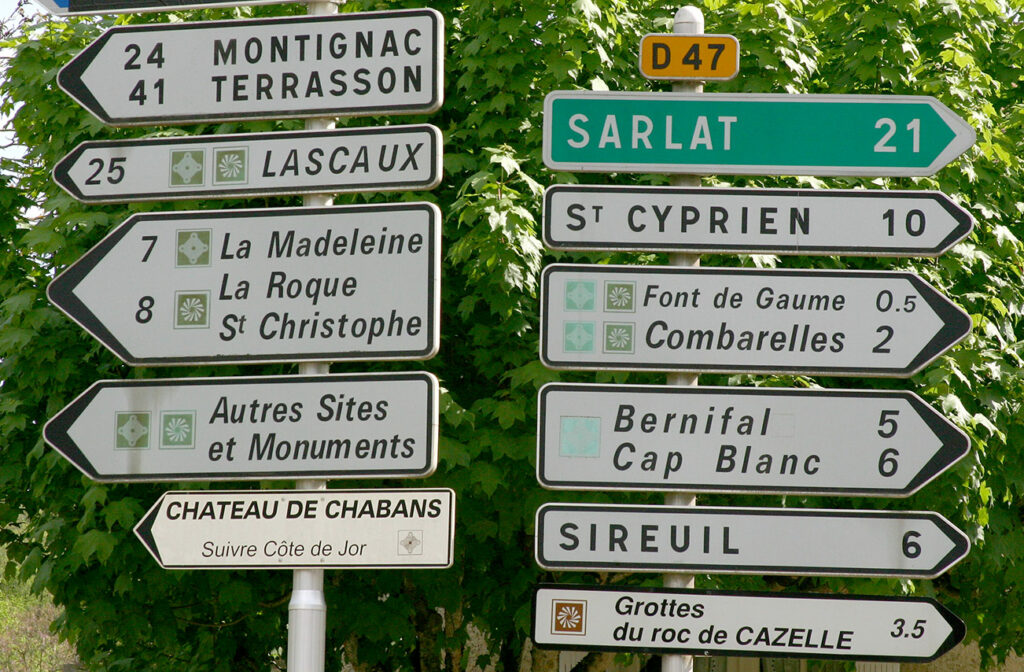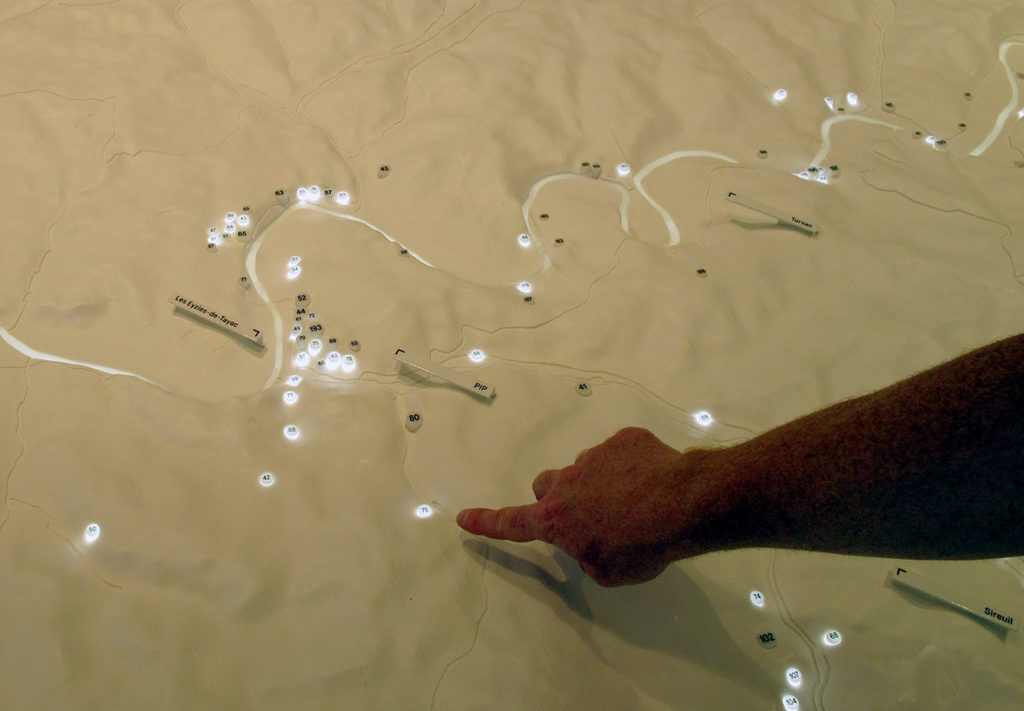Accueil / Musées et sites / Périgord, a prehistoric region at the heart of the Dordogne region
Périgord, a prehistoric region at the heart of the Dordogne region
Périgord, a prehistoric region at the heart of the Dordogne region.
Visit Périgord – DordognePrepare your visit to the prehistoric sites of Périgord
Périgord is a region which concentrates the highest number of paleolithic sites.
More than 50 caves and rock shelters, traces of settlement, burial places have been discovered in the region. It is a real cradle of European civilization.
The place has benefited from exceptional geological conditions, as much for the number of caves and natural shelters as for calcareous formations which provided the artistic expression of prehistoric men with an ideal medium.
The most ancient traces of human settlement are reckoned to be 400,000 years old.
Les Eyzies-de-Tayac : A crossroads of prehistory.
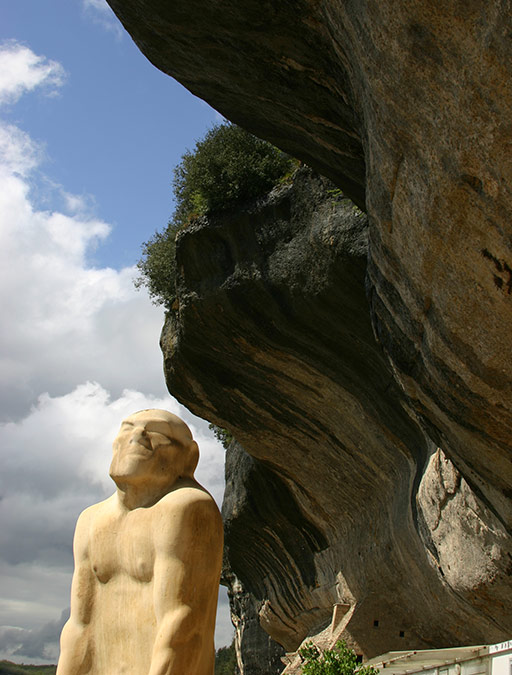
An ideal starting point for your journey, Les Eyzies-de-Tayac, on the Vézère River, is at the heart of an incredible number of prehistoric sites. Within a few miles radius, you can visit places whose names make prehistory lovers dream of : Les Combarelles, Lascaux, Le Moustier, La Micoque, La Madeleine… A real mine ( in all meanings of the word ! ). You must allow more than two weeks to go round it, and this, mind you, if you’re well organized !
And remember to book in advance to get your tickets for some sites. Access to Les Combarelles, for instance, is limited to fifty visitors or so a day.
Rock shelters.
Geological characteristics, the rock shelters have allowed the preservation of prehistorical remains up to the present day. They made it possible for the earliest men to take shelter, to make fires without beeing smoked out and to create real workshops to make tools… All thes remains have been covered up due to the successive collapses of the calcareous cliffs.
How rock shelters were formed.

| 1 – The birth of a shelter. The calcareous cliff is composed of several more or less soft strata… an overdeepening forms at the level of the soft stratum. | 2- Hollowing out. Under the effects of frost and thaw, the rock breaks up and the shelter gets hollower and hollower… Then men can take advantage of this natural shelter and set up a camp. | 3 – The collapse. The rock forming the roof of the shelter collapses under its own weight… thus the sedimentary deposits and traces of human presence are naturally protected |
A selection of rock shelters to visit :
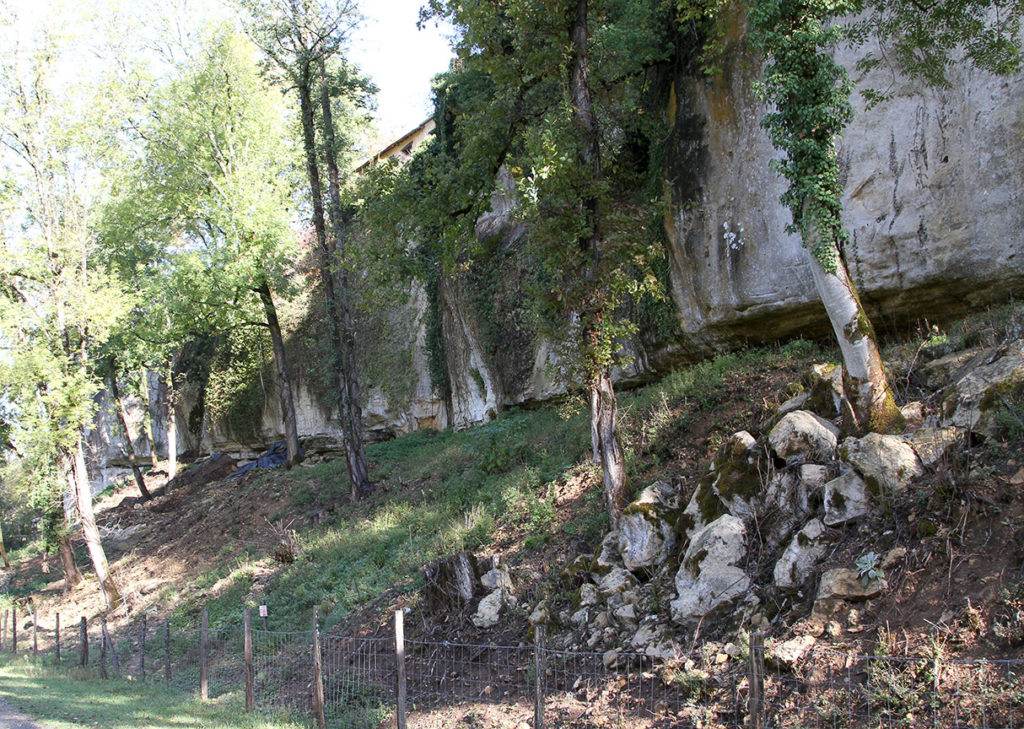
The area around Les Eyzies-de-Tayac is rich in rock shelters. From an educational point of view, all the sites are not equally accessible.
For a family outing, Hominides.com recommends L’Abri Pataud, easily accessible, well-documented and explained, and with a small museum which brings out the various remains found on the site.
In the same category, but less « explicit », Laugerie Basse will, however, allow the younger to enter an « open-air » cave and take an interest in prehistory.
Reserved for informed prehistory lovers, the visit of Laugerie Haute with a lecturer is a fascinating experience which makes it possible to visualize the stratigraphy from -24,000 down to -16.000 years.
In the Cap Blanc shelter, open again to the public, you will discover a sculpture, more than 30 ft long, composed of horses and bisons.
More : Castel-Merle, Pataud, Cro-Magnon, Cap-Blanc, le Poisson, La Ferrassie, La Madeleine, Labattut, Reverdit, Blanchard, Castanet
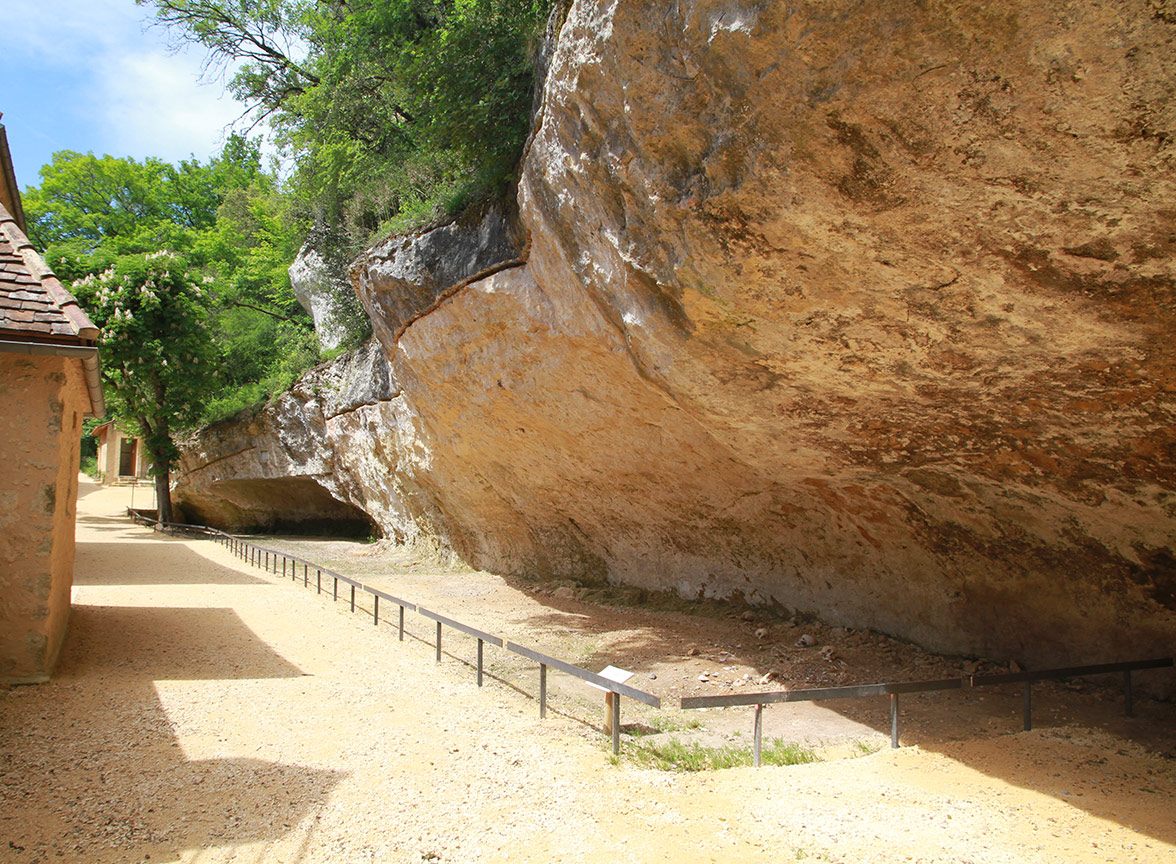
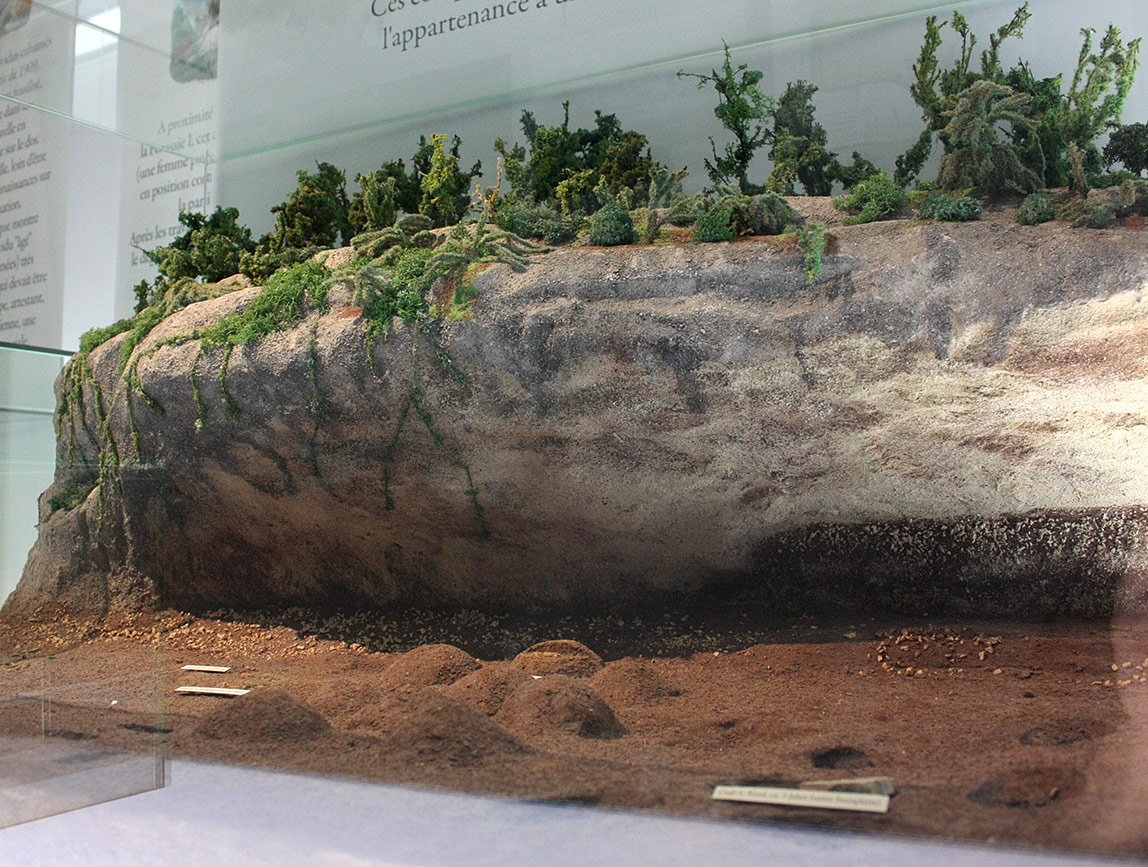
Decorated caves.
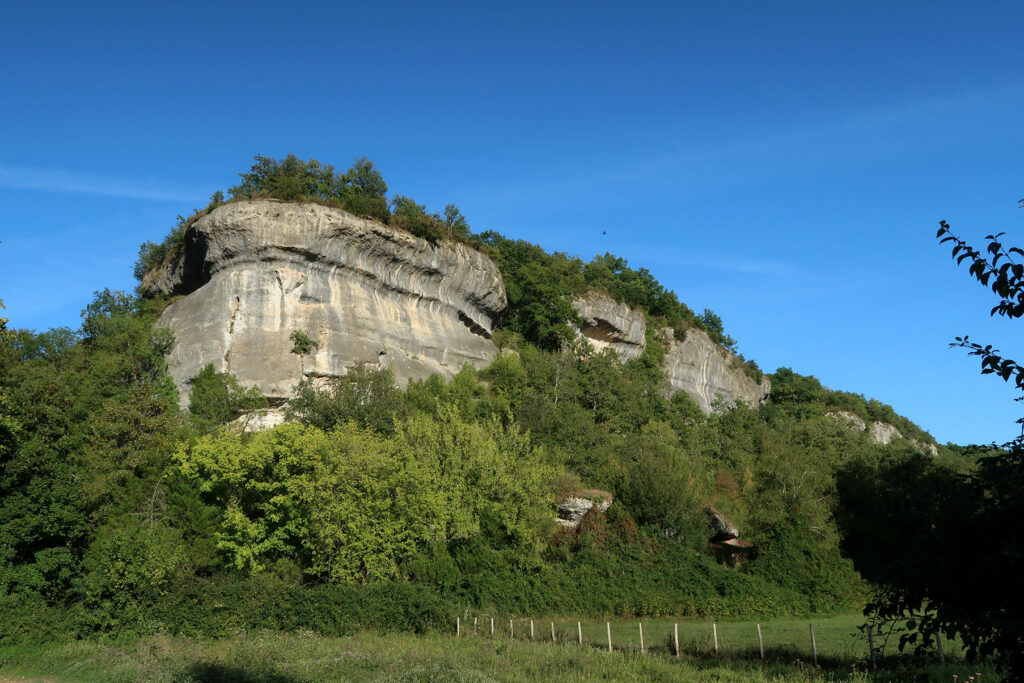
How the caves were formed.
Rich in limestone, the subsoil of Périgord has also permitted many caves to form.
Limestone, naturally fissured, is run through by streams that, flowing down, excavate the rock thus forming galleries. Water, streaming down, deposits calcite progressively down the walls of the cave ( sometimes forming stalactites and stalagmites). 2016 News : Lascaux 4
« Holy » caves.
Contrary to popular belief, caves have never been used as dwellings by prehistoric men.
At best, they used the « porches » of the caves as sheltered camps.
For unknown reasons, the first men ventured to the farthest ends of the caves to decorate them with various representations.
A selection of decorated caves to visit.
Of course, Lascaux comes first ! Just think of it : to visit Périgord and not Lascaux ! And for a very simple reason : Lascaux is the cave showing the greatest number of explicit representations.
Even if what you visit is only a facsimile, you’ll be deeply moved just as well !
In less known Font-de-Gaume you’ll also see multicololoured representations, sometimes contoured with carved lines. Bisons, horses and mammoths are among the most frequently represented.
In a different style, the Combarelles cave presents an impressive set of carvings stretching for almost 1,000 ft. Thus, every time you’ll visit it, you’ll discover new hidden representations !
More : Lascaux, Font-de-Gaume, Bara-Bahau, les Combarelles, le Sorcier, Bernifal, Rouffignac…
and Lascaux 4
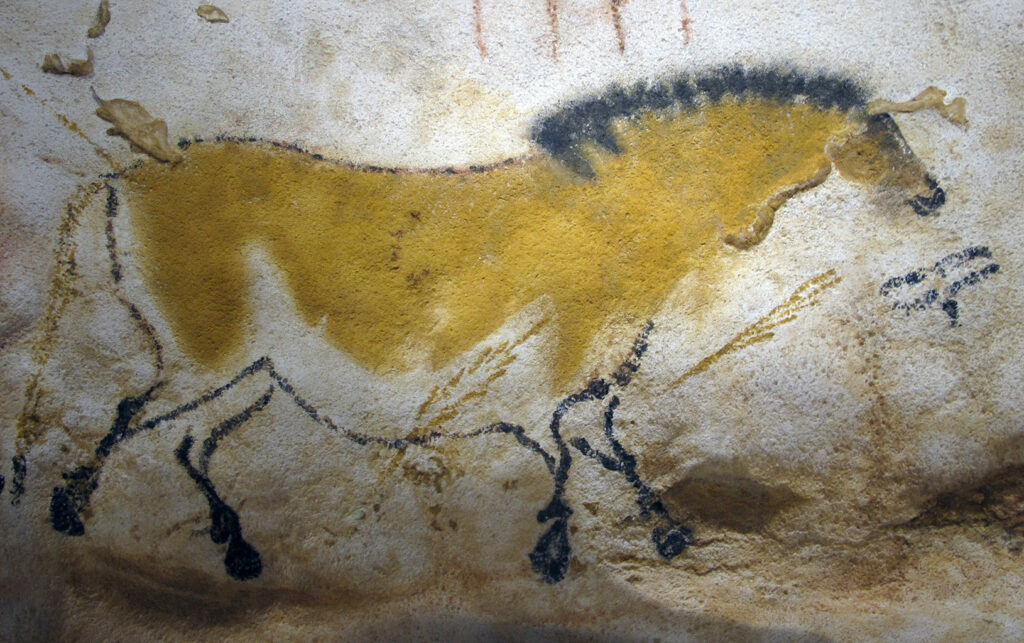
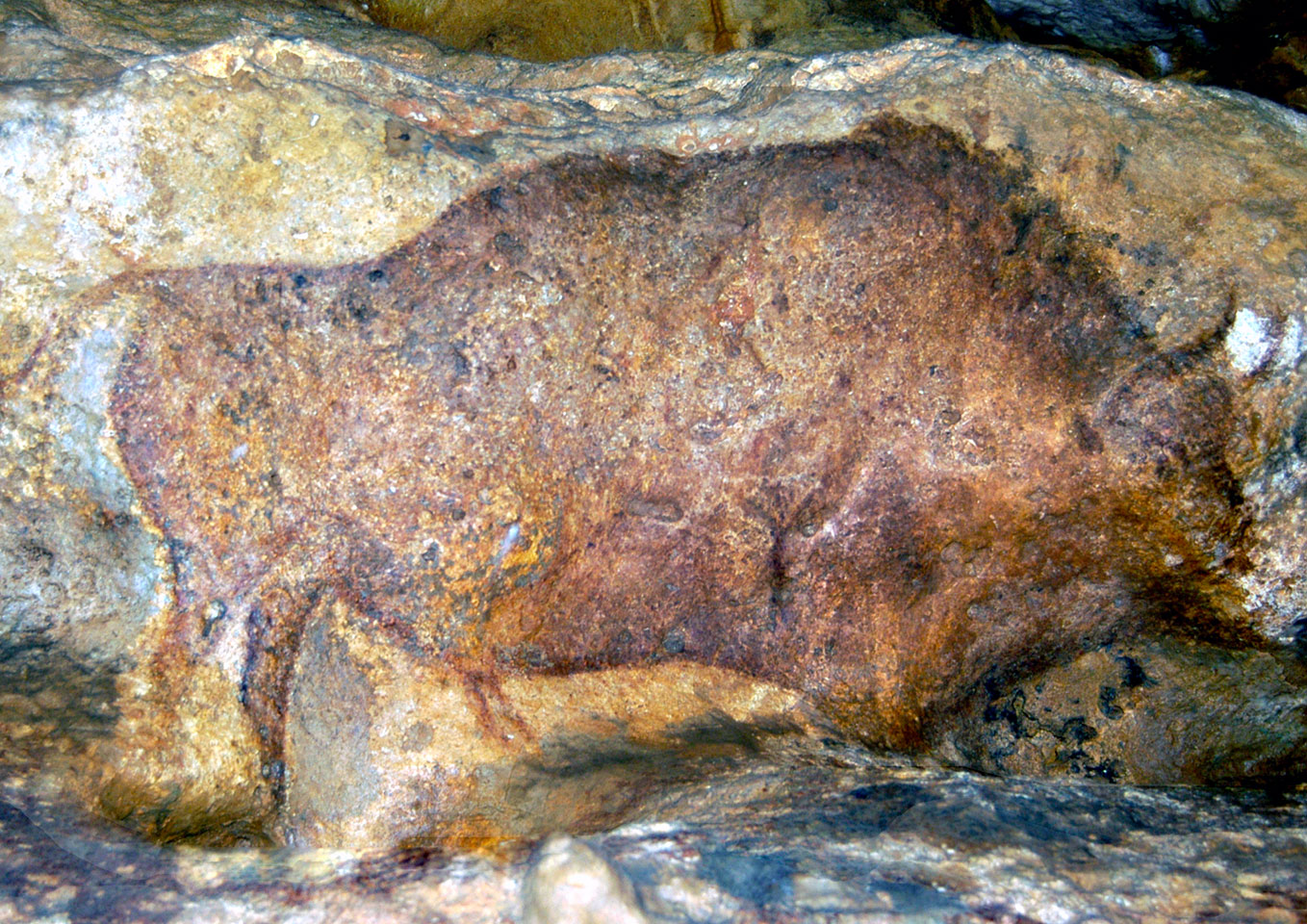
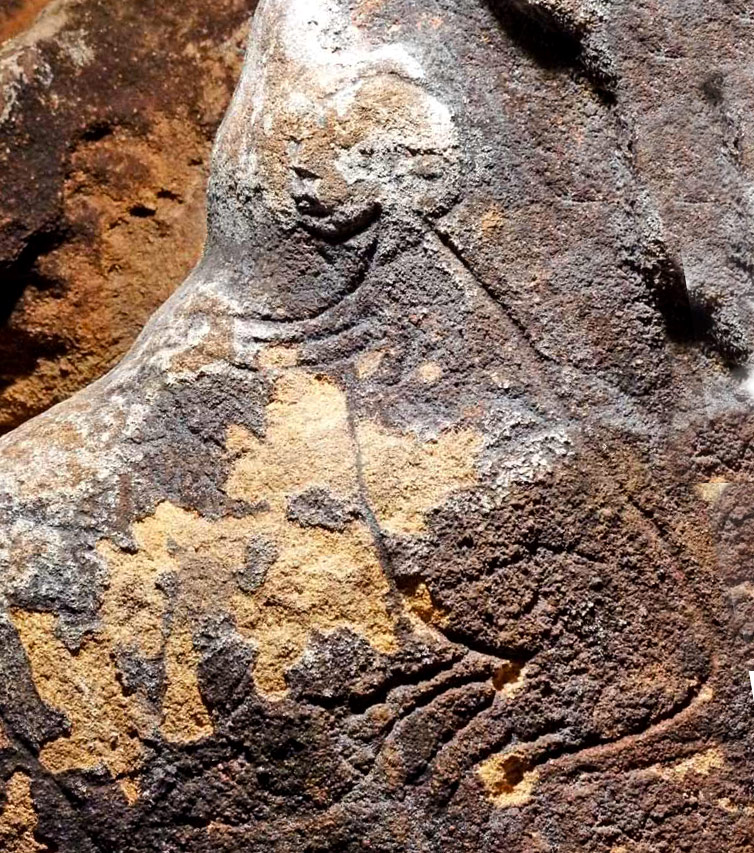
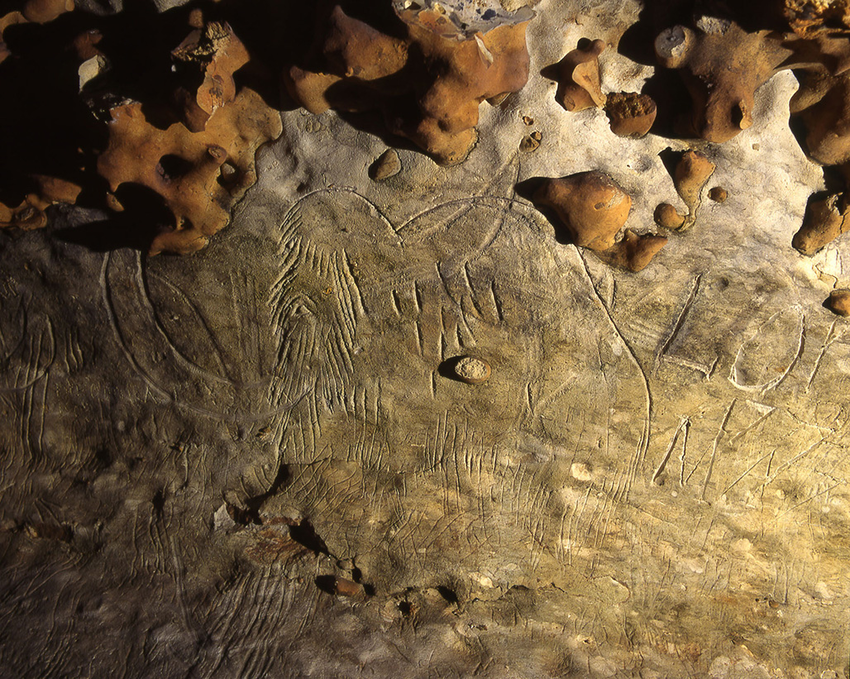
Please note: the decorated caves are fragile and visits are often limited…
Prehistoric deposits (in the open air)
Open-air deposits (from prehistoric camps) are rarer because they are much more difficult to locate. It is most often the resurfacing of a tool or bone that allows an excavation campaign to be launched on a deposit. According to prehistorians, there are certainly many undiscovered camp sites in the Périgord. In the same way, it is possible to find a stratigraphy over several thousand years at the foot of a limestone formation.
More : Le Regourdou, La Micoque, Castel-Merle, La Roque-Saint-Christophe, La Ferrassie, Laugerie Basse, Laugerie Haute, Le Moustier.
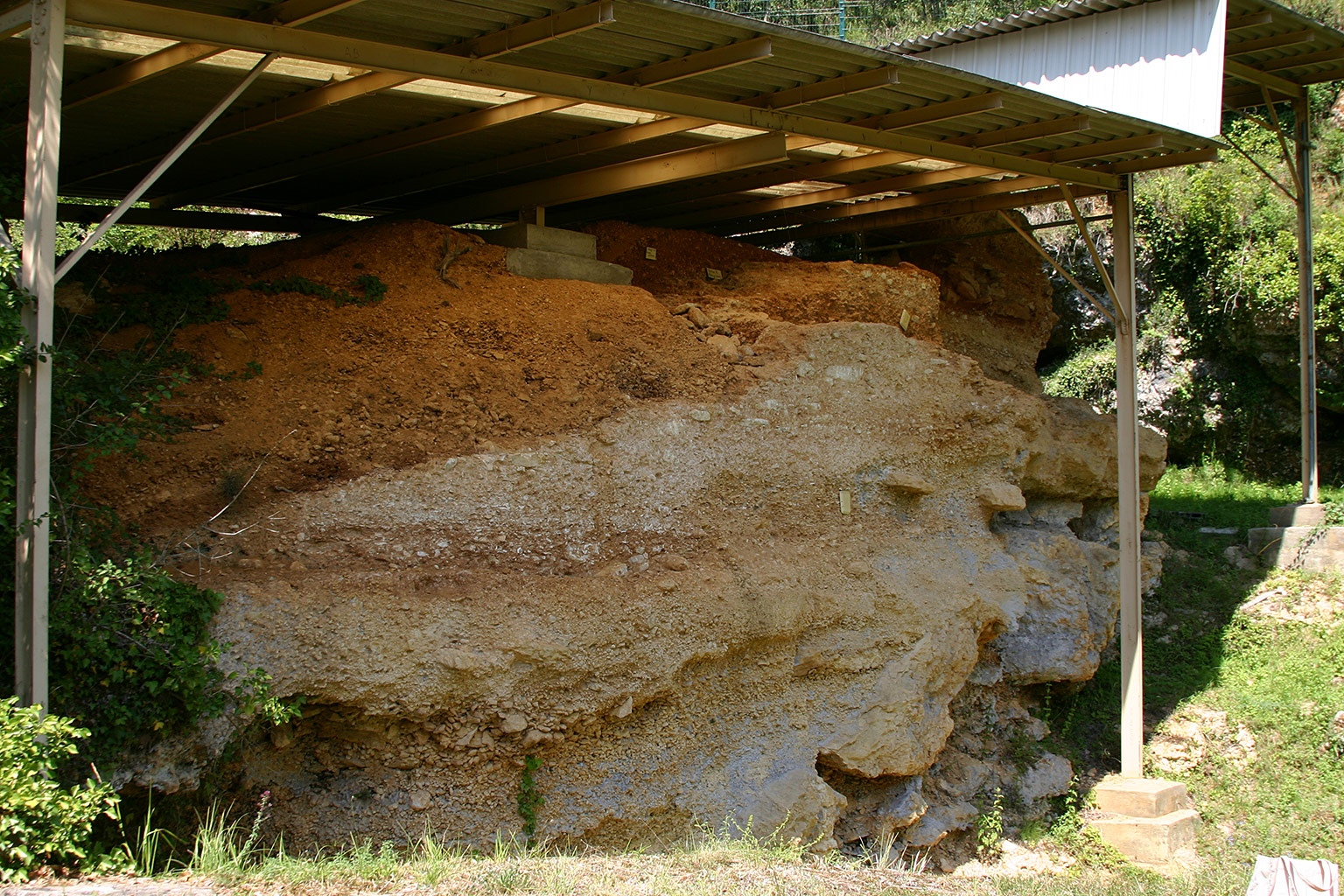
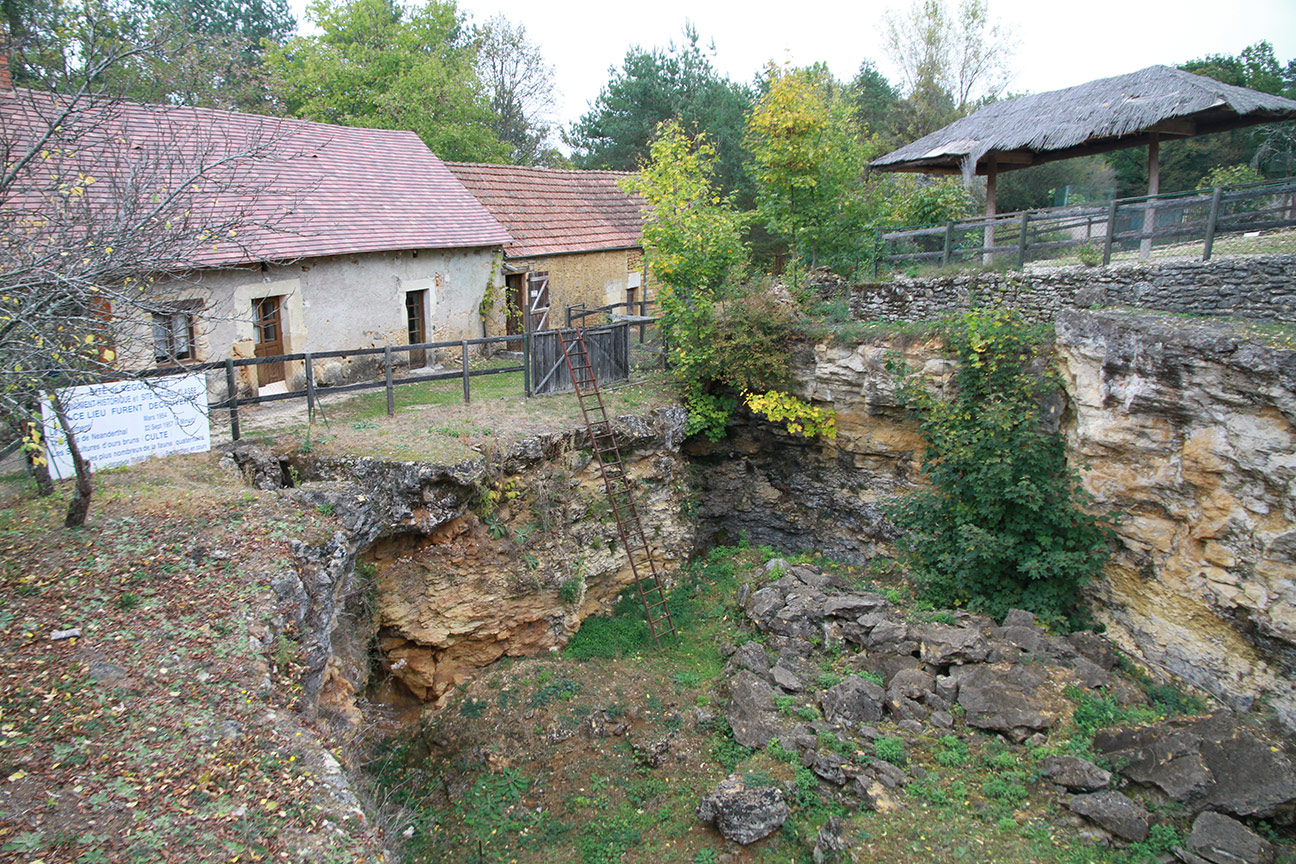
The museums
In order to preserve the discoveries made on prehistoric sites, the Périgord has several museums ranging from the largest, the National Museum of Prehistory in Les Eyzies-de-Tayac, to the smallest and most unusual, the Castel-Merle Museum. The wealth and quantity of objects presented quickly demonstrate to the visitor that the Périgord was a real center of attraction and activity. The generations of prehistoric men who passed through the Périgord valleys left traces everywhere in the form of engravings, paintings, sculptures and, of course, lithic industry.
More : Musée National de préhistoire des Eyzies-de-Tayac, Musée d’archéologie de Périgueux, Musée de Castel Merle, Pôle International de préhistoire …
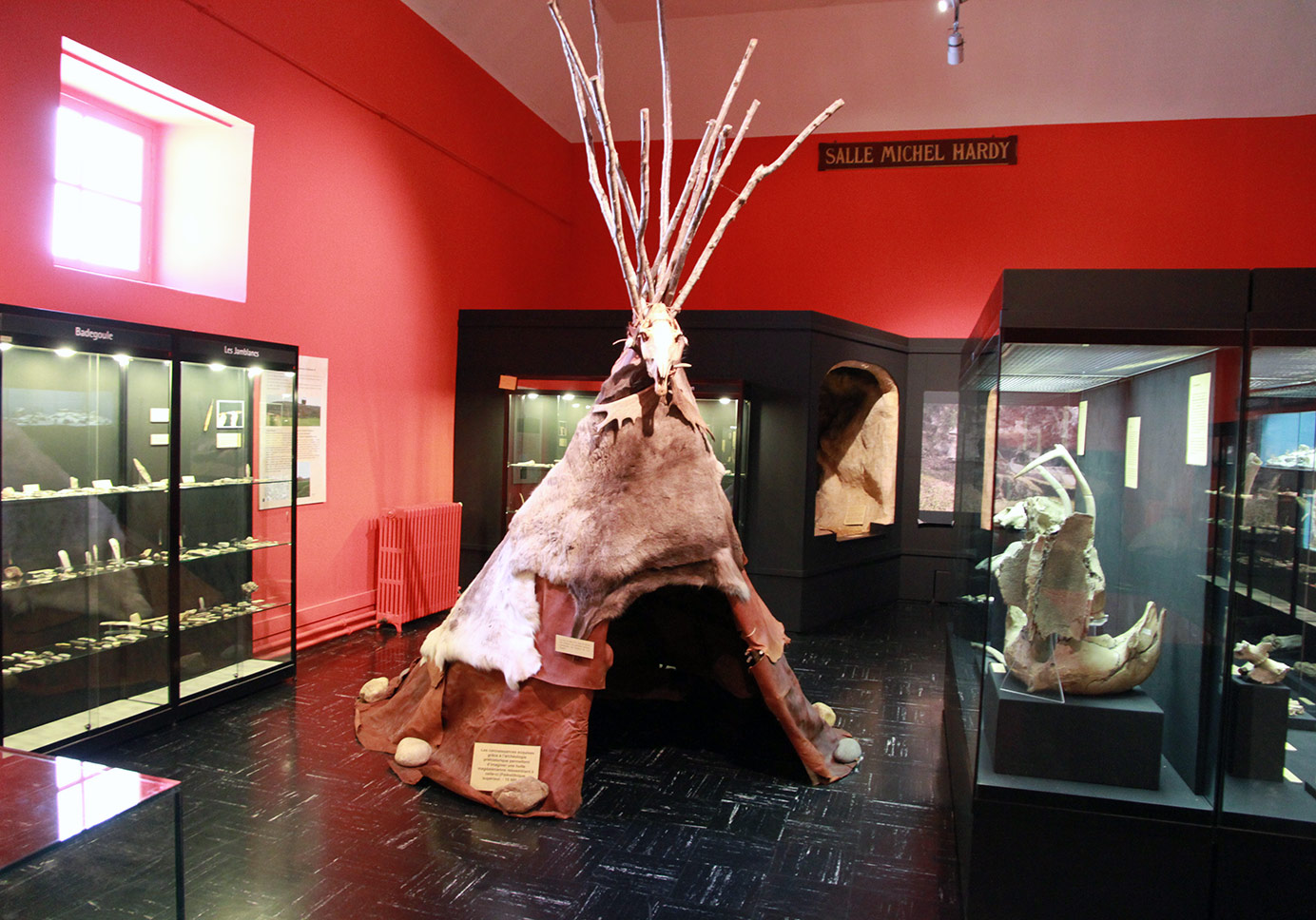
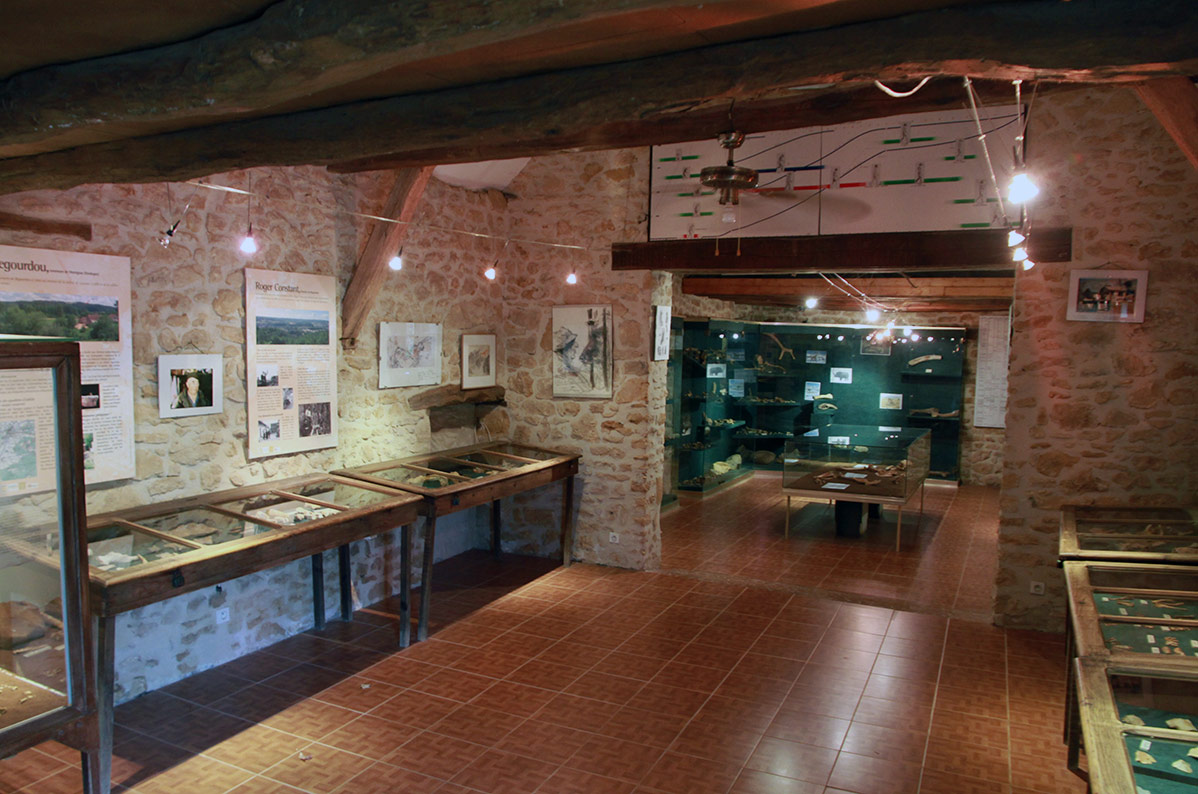
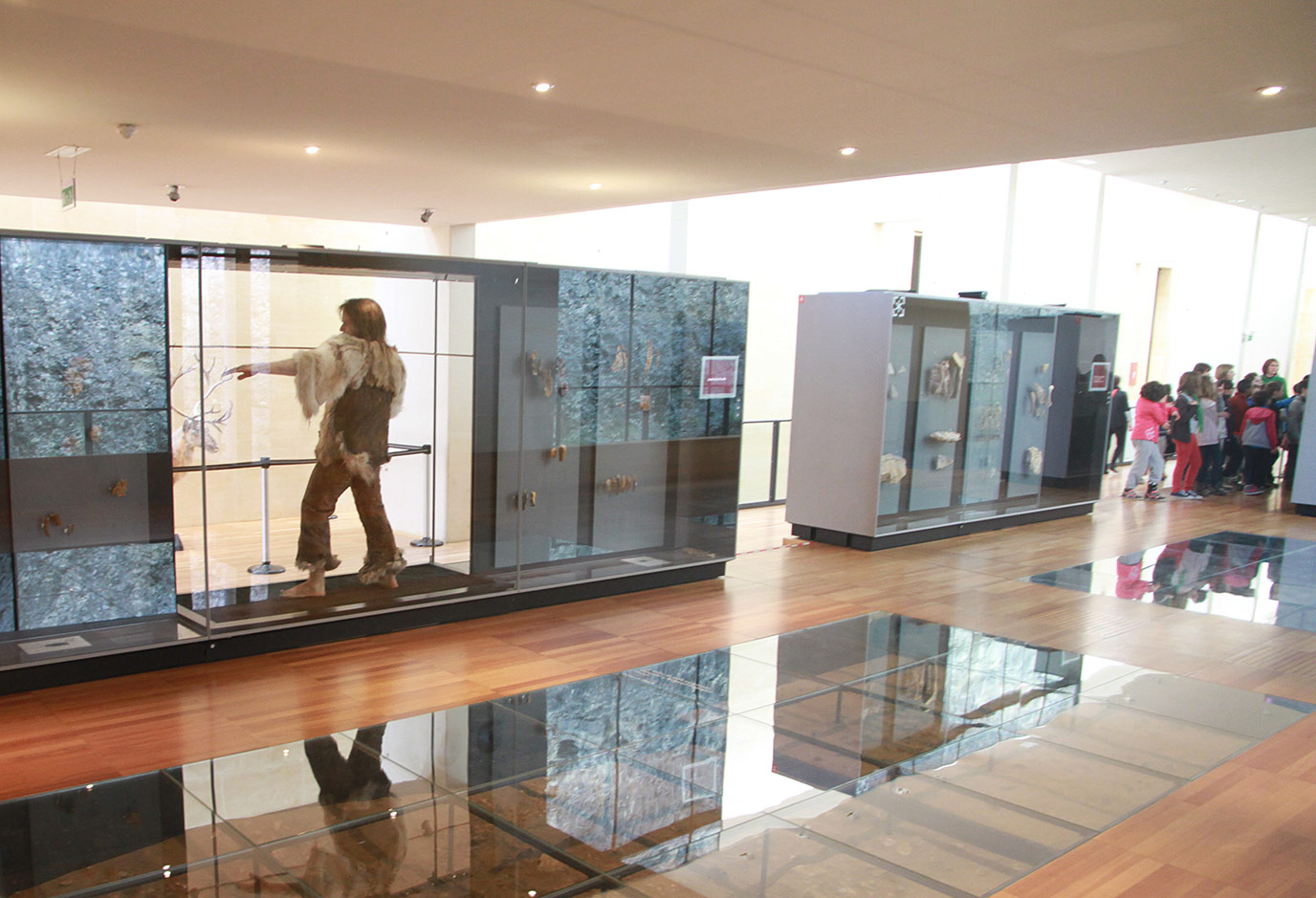
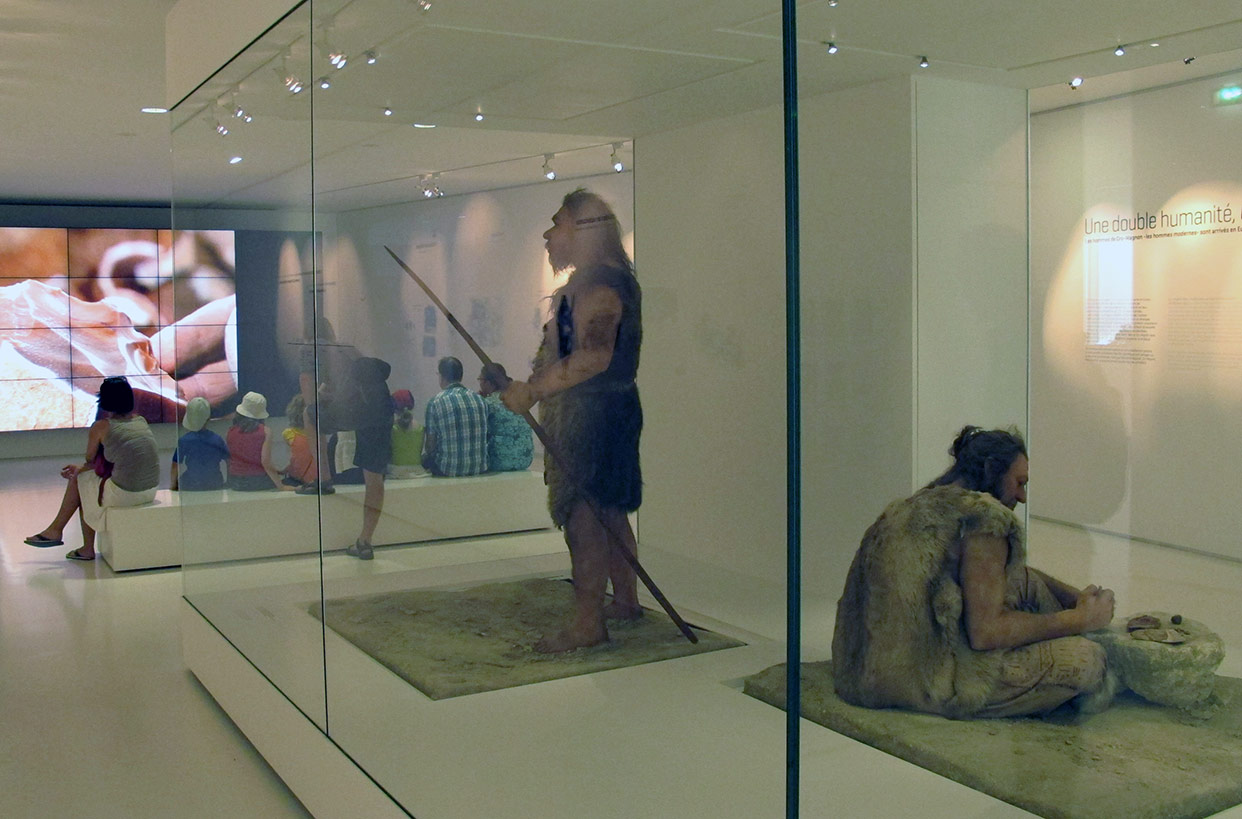
Prehistoric Parcs
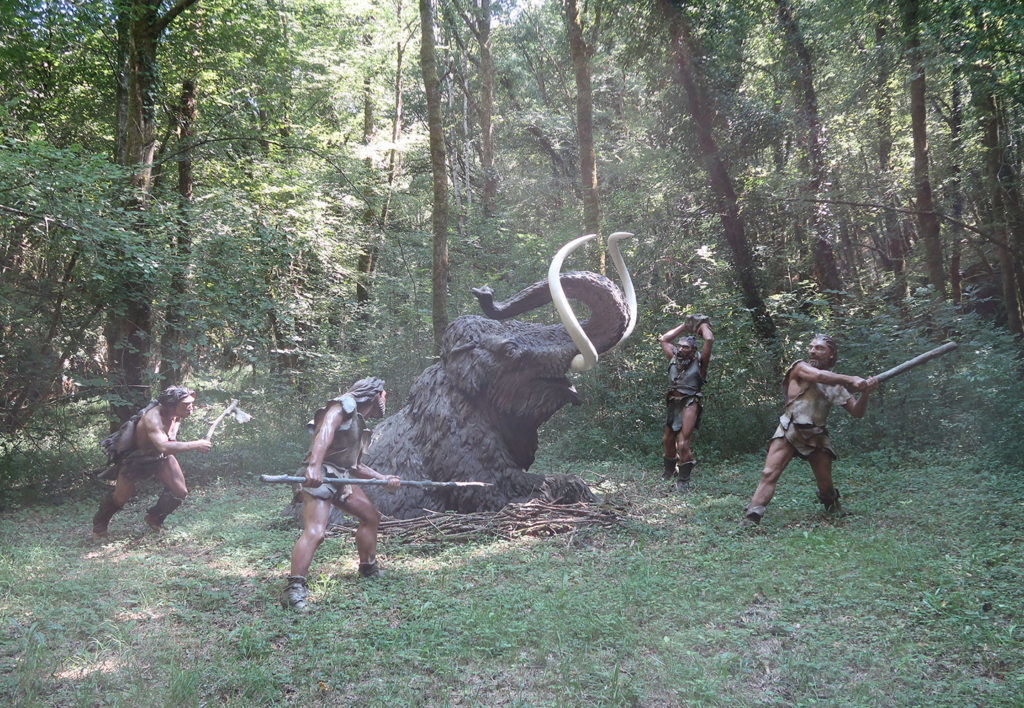
Not necessarily located on a deposit or a rock shelter, some places are built and animated for more family-friendly visits. Prehistory is staged so that the youngest can discover in a fun way the first prehistoric men, the animals they hunted, the tools and weapons they used, as well as the first “works of art” produced. In practice, these theme parks also allow older children to learn about and take an interest in this period of human evolution.
More PréhistoParc, Parc du Thot, Roc de Cazelle
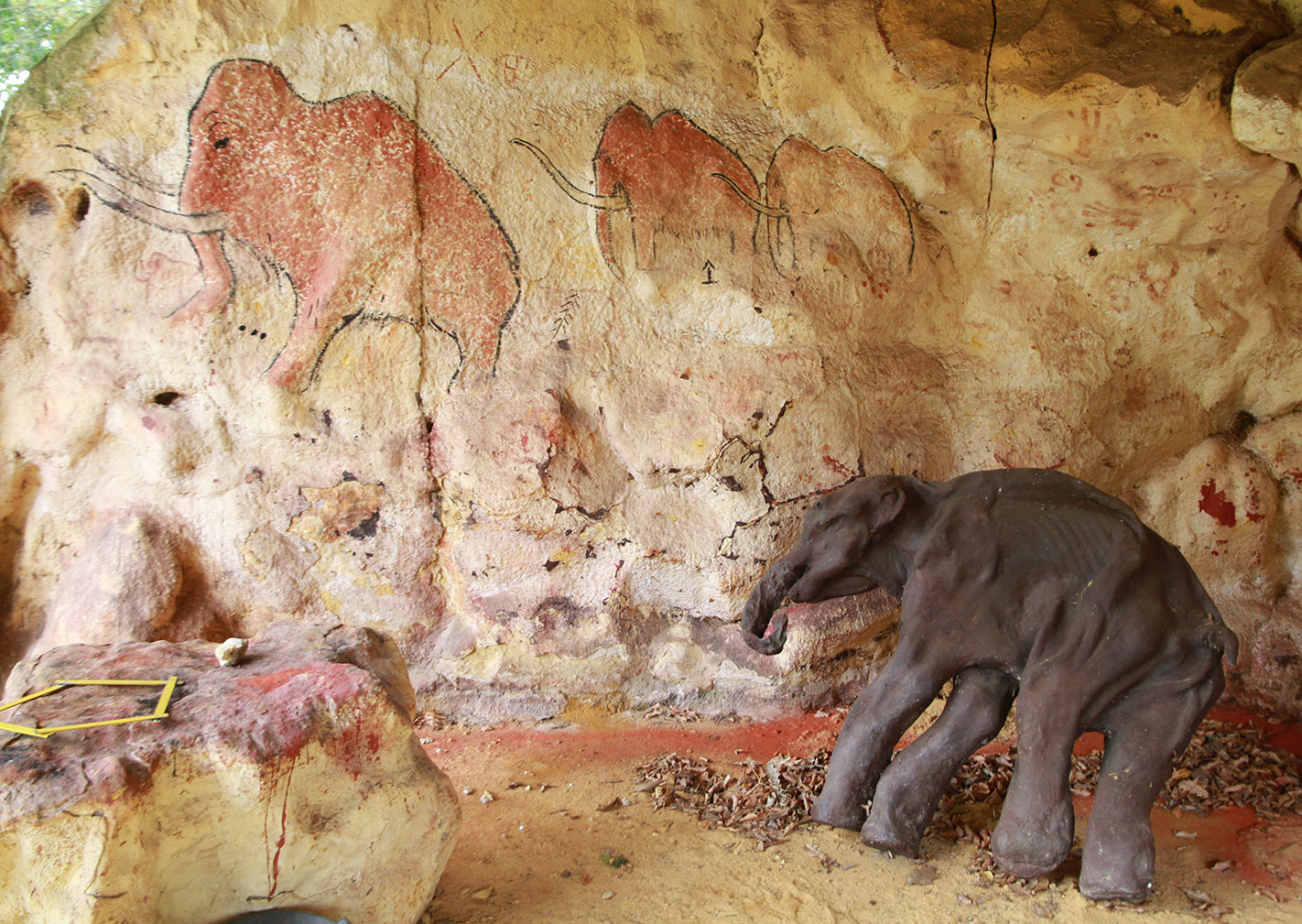
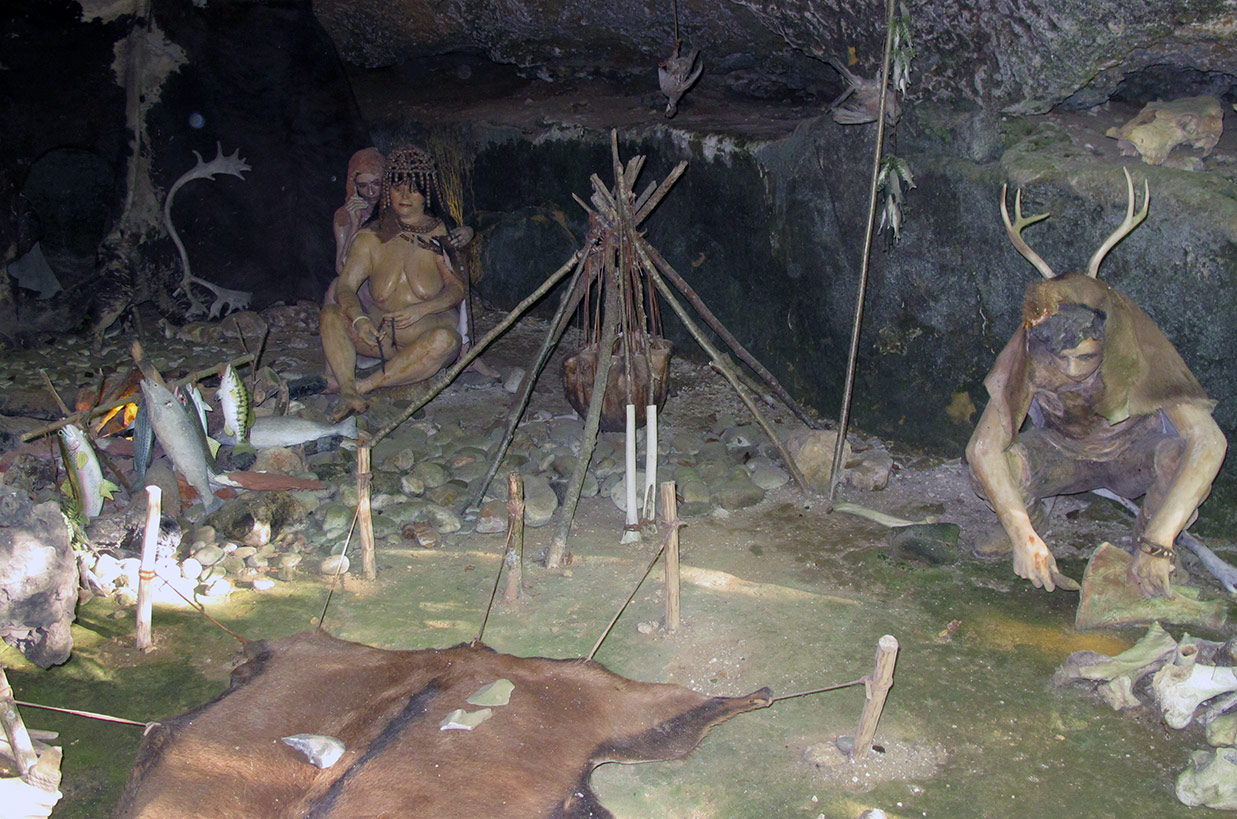
Sites and places of interpretation open to the public
The number of sites to visit in Périgord is the largest in France, and although discoveries are rarer than a hundred years ago, excavations are still organised by archaeologists and it can happen that a new cave is discovered, like the last one in Cussac.
Enjoy your visit!
C.R.
Prehistoric Games


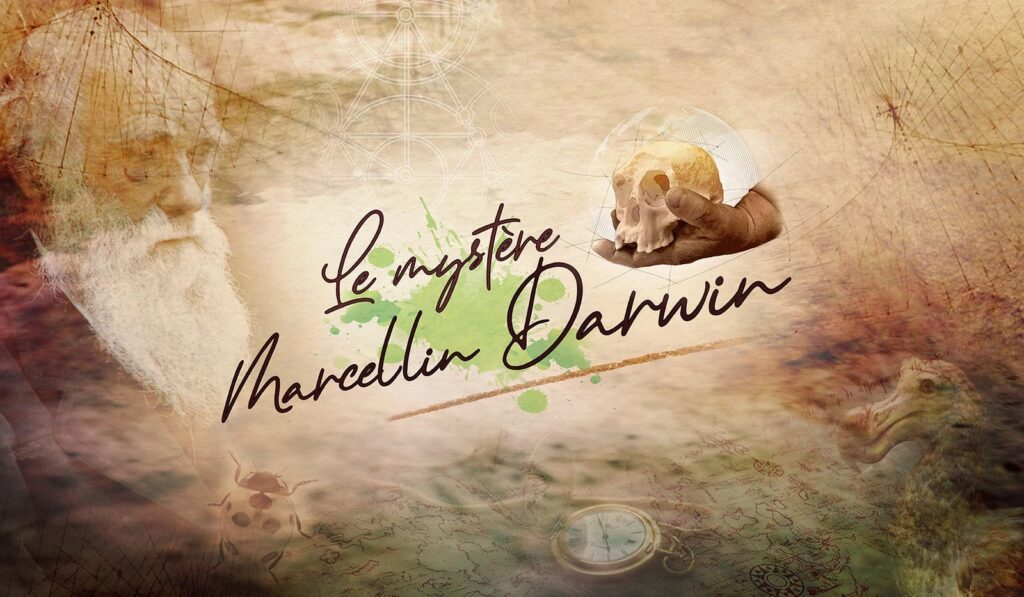



Books on prehistory in Périgord (in french)
